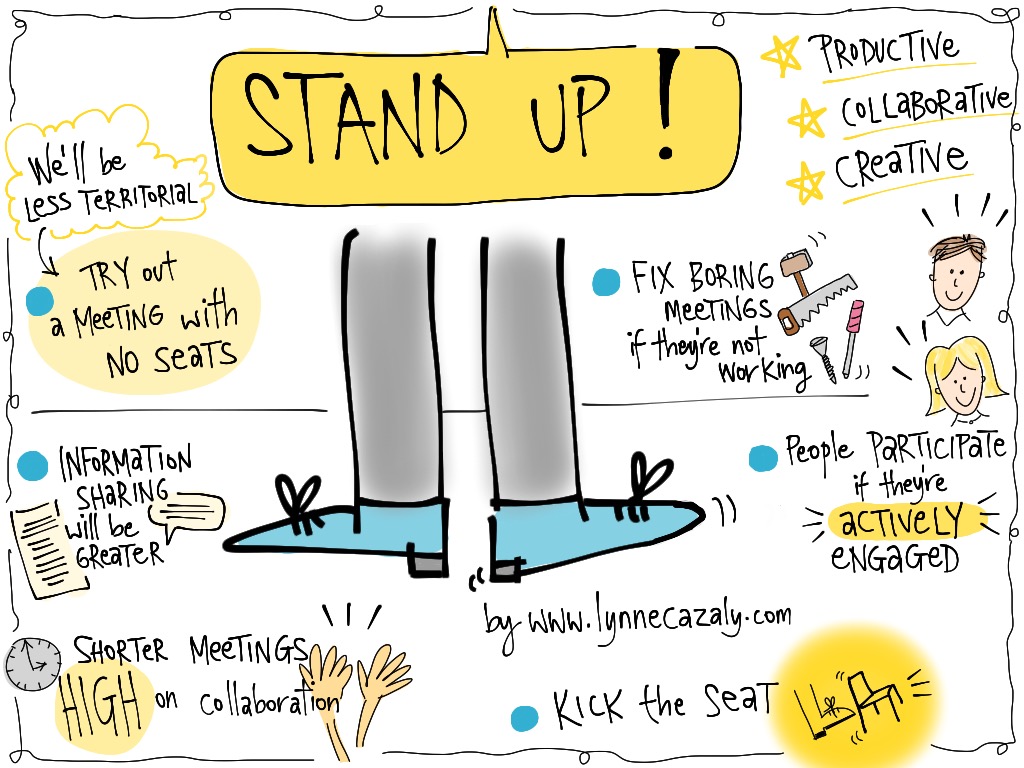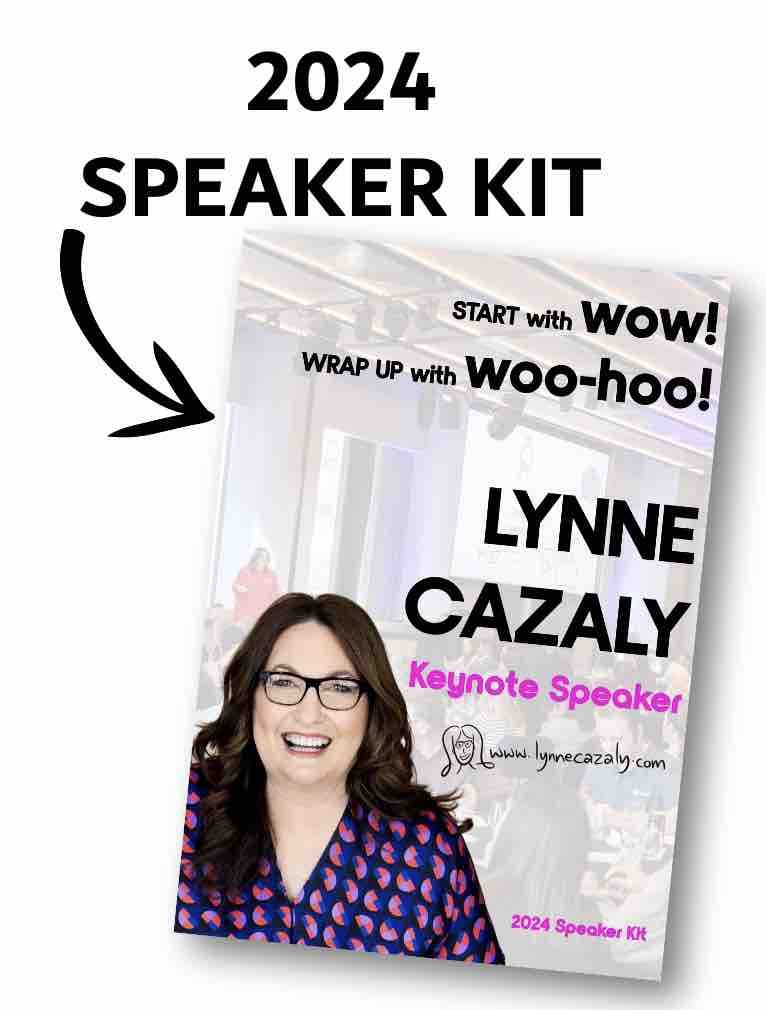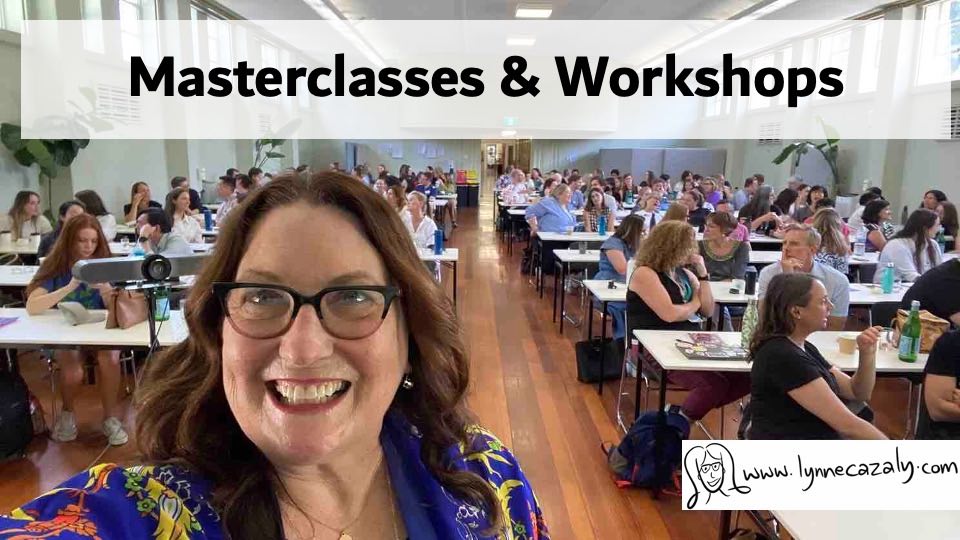When seat kicking is a good thing
 Friday, July 31, 2015 at 6:01PM
Friday, July 31, 2015 at 6:01PM  Lengthy meetings, short on outcomes can be frustrating time wasters.
Lengthy meetings, short on outcomes can be frustrating time wasters.
You'd think we'd have the hang of how to make our interactions in groups work better for us...it's nearly 50 years since Bruce Tuckman's team performance model suggested we needed to form, norm and storm before we'd perform.
Oh yawn! Who has the time!?
No wonder we look for a digital drug fix on one of our devices in dull meetings and workshops. Zzzzzzzz!
Low levels of engagement and poor participation isn't 'their' problem... It's up to us to fix it, every time we are in a meeting that isn't working. In 2012, web conferencing company SalesCrunch, created a “Don’t Suck at Meetings” guide
based on more than 10,000 meetings hosted in their online meeting platform. The guide revealed
that people’s attention and participation starts to decline after the 30 minute mark and they begin to give 1/4 of their attention to something else. It also showed that 92% of the attendees
participate in the discussion if they are actively engaged.
Andrew Knight, a business school professor at Washington University in St. Louis, headed a study on the impact of standing meetings in 2014. He wired participants with small sensors to measure their physiological arousal - defined as how their bodies react when they get excited. Participants were asked to work together in teams for half an hour to come up with a new university recruitment video. Half of them collaborated in a standard meeting room, complete with chairs and tables while the other half worked together in a space with no seats.
Yes, it was seatless!
Knight and his team evaluated the results for their collaboration and creativity. The results were dramatic. Knight found “teams who stood had greater physiological arousal and
were less territorial about ideas than those in the seated arrangement. Members of the standing groups reported that their team members were less protective of their ideas. This reduced territoriality, led to more information sharing and to higher-quality videos.”
It’s time to stand up.
Your meetings will be 34% shorter if you're on your feet. This kind of meeting is also widely used in Scrum methodologies and practices in agile technology teams. They're high on collaboration and killer at delivery!
We spend a lot of our day sitting so 30 minutes or less of standing won't hurt. And people who sit less have a lower risk of cardiovascular diseases.
So kick that seat.
Propel your meetings forward with productive, collaborative and creative action. A meeting with the team that's like that deserves a standing ovation.















